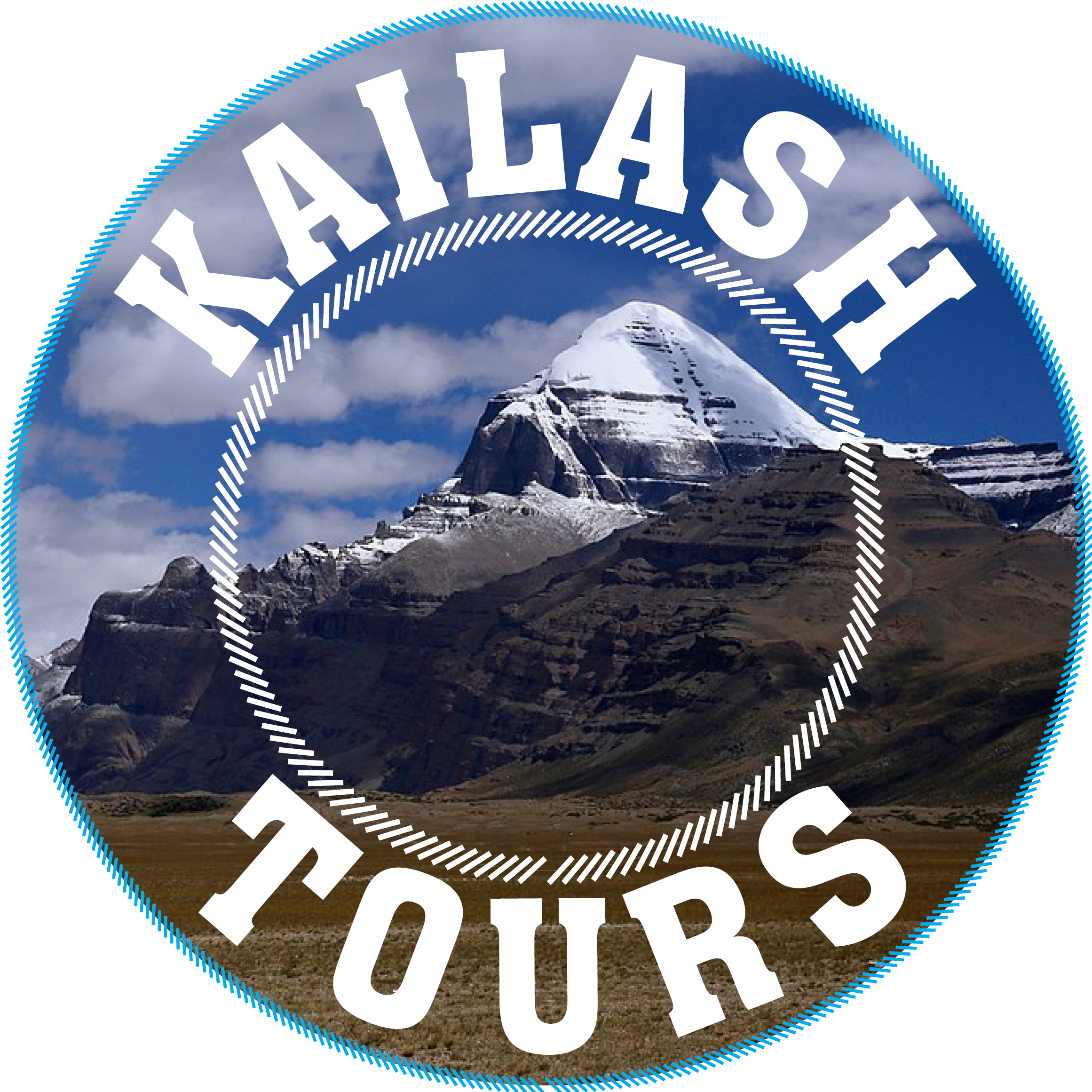Trekking in Tibet: Embarking on a Himalayan Adventure
Trekking in Tibet is a gateway to unparalleled natural beauty, spiritual introspection, and cultural immersion. Nestled within the towering peaks of the Himalayas, Tibet offers a diverse range of trekking routes that cater to both seasoned hikers and those seeking transformative journeys.
Landscapes of Wonder:
From lush valleys to high-altitude plateaus, Tibet’s landscapes are a testament to nature’s grandeur. Trekking routes take you through alpine meadows adorned with wildflowers, pristine lakes reflecting the sky, and rugged terrain that challenges and rewards.
Spiritual Encounters:
Trekking in Tibet goes beyond the physical; it’s a spiritual pilgrimage. Walk in the footsteps of pilgrims and encounter monasteries and temples perched amidst breathtaking vistas. The sense of tranquility and reverence is palpable, inviting personal reflection and a deeper connection to the land.
High-Altitude Challenges:
Tibet’s high altitude demands preparation and acclimatization. Trekkers often spend a few days in Lhasa before ascending to higher altitudes. Adequate hydration, gradual ascent, and attention to altitude sickness symptoms are crucial for a safe and enjoyable experience.
Routes to Explore:
- Everest Base Camp Trek: Witness the iconic north face of Mount Everest and explore the beauty of the Everest region.
- Ganden to Samye Trek: Traverse high mountain passes and nomadic landscapes while visiting significant monasteries.
- Mount Kailash Kora: This sacred pilgrimage trek around Mount Kailash is a spiritual journey undertaken by devotees of multiple faiths.
- Tsurphu to Yangpachen Trek: Discover the rugged landscapes and hot springs on this trail connecting two important monasteries.
Cultural Immersion:
Trekking in Tibet involves interaction with local communities and nomadic herders, offering a glimpse into their way of life. Engage in cultural exchanges, sample traditional cuisine, and gain insights into the daily routines of Tibetans.
Responsible Trekking:
Respect the environment and culture by following Leave No Trace principles. Carry out all waste, minimize campfire impact, and be respectful of sacred sites and local customs.
Best Time to Trek:
The ideal trekking seasons are spring (May to June) and autumn (September to October) when the weather is mild, and the landscapes burst with color.
Guided Expeditions:
While some routes can be trekked independently, joining a guided expedition enhances safety, offers local expertise, and ensures responsible travel practices.
In conclusion, trekking in Tibet is a harmonious blend of physical challenge, spiritual awakening, and cultural enrichment. It’s an opportunity to explore one of the world’s most breathtaking landscapes while gaining a profound understanding of the region’s history, spirituality, and people.
